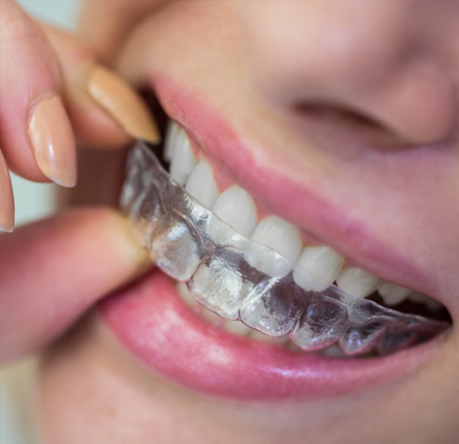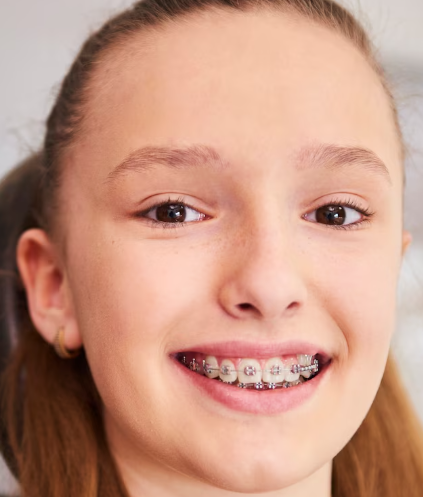Treatment Overview
Canthopexy is a surgical procedure that tightens and stabilizes the outer corner of the eyelid (lateral canthus) without cutting or reshaping the eyelid. It is primarily performed to correct or prevent eyelid sagging, restore proper eyelid function, and create a more youthful eye appearance. Unlike canthoplasty, which involves cutting and reconstructing the canthal tendon, canthopexy uses sutures to secure and support the existing tendon structure, making it less invasive.
In Korea, canthopexy is widely used not only for functional correction (such as preventing ectropion or eyelid drooping after lower blepharoplasty) but also for cosmetic enhancement, giving patients a brighter, refreshed look. Korean surgeons are particularly skilled in creating subtle, natural results while minimizing downtime.
Purpose & Benefits
- Provides eyelid support during or after lower blepharoplasty
- Prevents or corrects ectropion (outward turning of the eyelid)
- Lifts drooping outer eyelid corners for a youthful, refreshed look
- Improves symmetry and eye shape
- Minimizes risks of postoperative complications from eyelid surgery
- Less invasive than full canthoplasty with quicker recovery
Ideal Candidates
- Patients undergoing lower blepharoplasty who need eyelid reinforcement
- Individuals with naturally weak or loose lower eyelids
- People with age-related eyelid laxity or sagging
- Patients who want a subtle lift to the outer corners of their eyes
- Those with previous eyelid surgery complications (e.g., mild ectropion)
Possible Risks & Complications
- Temporary swelling and bruising
- Mild discomfort or tightness in the eyelid area
- Asymmetry if healing is uneven
- Rarely, over-correction leading to an unnatural eye shape
- Infections or suture irritation (very rare with proper care)
Surgical Techniques Used in Korea
Korean surgeons employ advanced, minimally invasive canthopexy techniques:
- Suture Suspension: Securing the lateral canthal tendon to the orbital bone with fine sutures.
- Combination with Blepharoplasty: Often performed alongside lower blepharoplasty for structural support.
- Customized Vector Adjustment: Adjusting the angle and tension for each patient to maintain a natural eye shape.
- Scar-Minimizing Methods: Hidden incisions within the eyelid crease or conjunctiva.
- Enhanced Stability Techniques: Using reinforced sutures or micro-fixation for long-lasting support.
Recovery & Aftercare
- Swelling and bruising typically subside within 1–2 weeks.
- Stitches (if external) are usually removed after 5–7 days.
- Patients should avoid rubbing the eyes or heavy exercise for 2–3 weeks.
- Cold compresses and prescribed eye drops reduce discomfort.
- Full healing and final results are visible within 1–3 months.
Results & Longevity
- Subtly lifted and youthful eye appearance
- Stronger eyelid support and reduced risk of sagging
- Natural-looking improvement in eye shape and symmetry
- Results typically last 7–10 years or longer, depending on aging and skin quality
- Often considered preventive when paired with lower blepharoplasty
Treatment Process in Korea
Korea is one of the leading destinations for advanced eyelid surgery, including canthopexy. The treatment process usually includes:
- Expert Consultation: Korean surgeons use high-resolution imaging to analyze eyelid laxity and determine the ideal vector for correction.
- Combination Procedures: Canthopexy is often paired with lower blepharoplasty, fat repositioning, or skin tightening for comprehensive results.
- Minimally Invasive Techniques: Korean doctors specialize in performing canthopexy through tiny incisions, ensuring little to no visible scarring.
- Natural Aesthetic Standards: Korean clinics emphasize results that look fresh and subtle, avoiding an overly “pulled” appearance.
- International Patient Care: Top Seoul clinics provide translation services, virtual consultations, and tailored recovery support for foreign patients.
Cost Range in Korea
The price of canthopexy in Korea depends on whether it’s performed alone or with other eyelid surgeries, as well as the reputation of the clinic and surgeon.
- Standalone Canthopexy: ₩2,500,000 – ₩4,500,000 KRW ($1,900 – $3,500 USD)
- With Lower Blepharoplasty: ₩5,000,000 – ₩7,500,000 KRW ($3,800 – $5,800 USD)
- Revision or Complex Cases: ₩7,500,000 – ₩10,000,000 KRW ($5,800 – $7,700 USD)
This is more affordable compared to Western countries, where similar procedures can cost between $6,000 and $12,000. Korea offers high-quality outcomes at competitive prices.
Popular Clinics in Korea
- ID Hospital: Known for advanced eyelid surgery and revision procedures.
- Banobagi Plastic Surgery: Specializes in natural-looking results with precise techniques.
- View Plastic Surgery: Popular among international patients for combination eye surgeries.
- Regen Plastic Surgery: Offers minimally invasive canthopexy with scar-minimizing approaches.
- JW Plastic Surgery: Experienced in functional and cosmetic eyelid support surgeries.
Summary
Canthopexy in Korea is a safe, effective, and minimally invasive procedure for reinforcing and enhancing the lower eyelids. Whether performed as a standalone treatment or in combination with lower blepharoplasty, it offers long-lasting, natural results. With highly skilled surgeons, advanced technology, and affordable pricing, Korea has become one of the most trusted destinations worldwide for patients seeking canthopexy.




